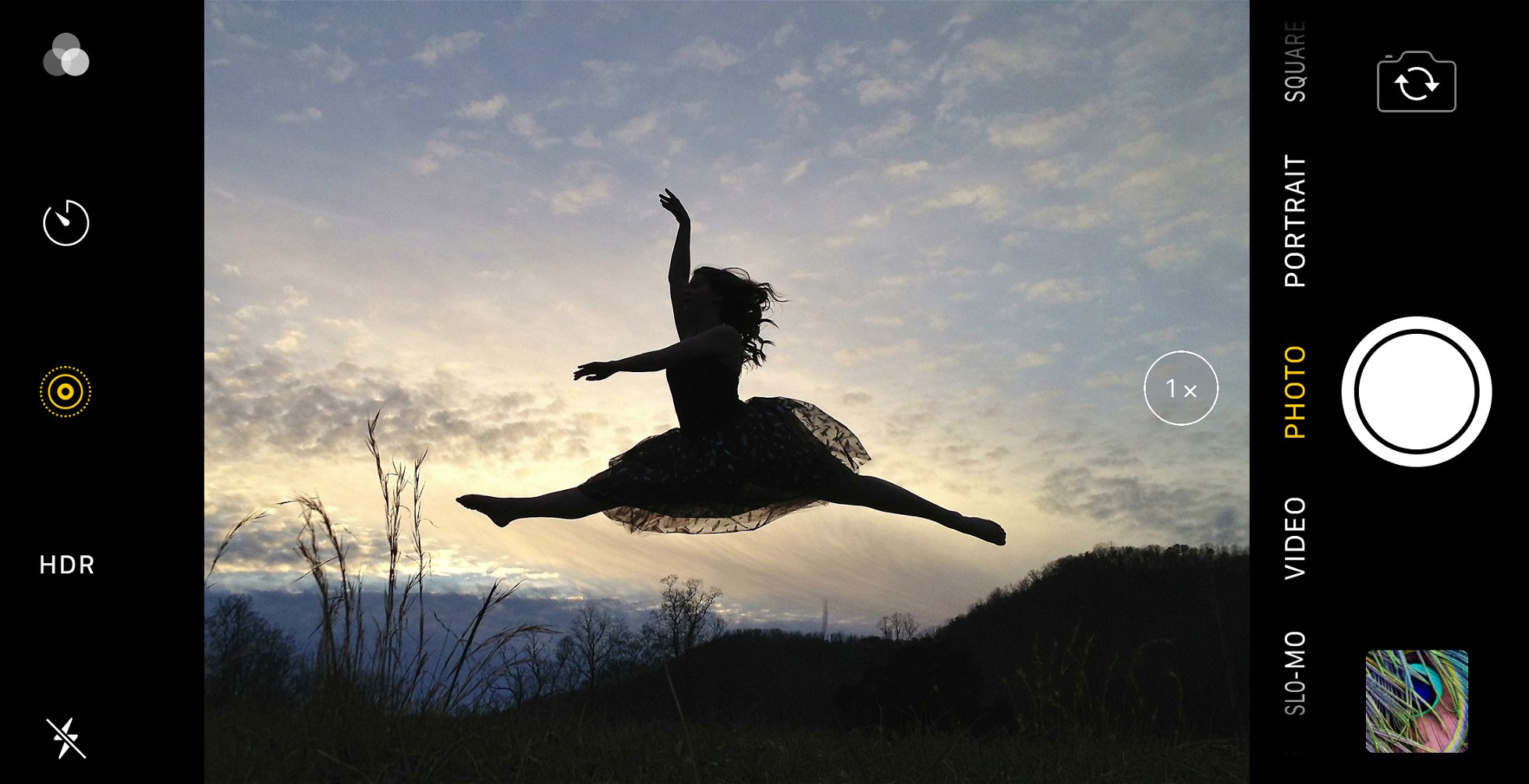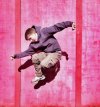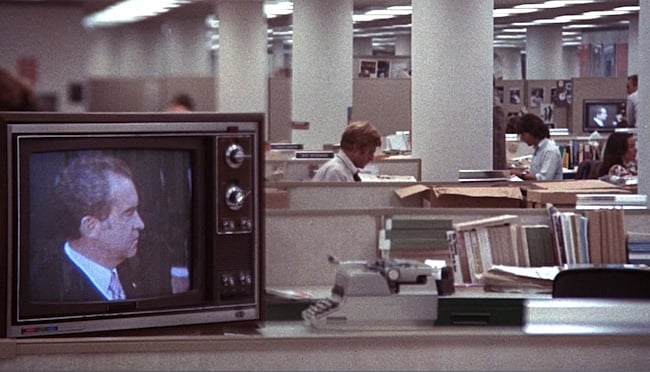The problem with smartphone cameras is not that they don't allow manual control, they do. If you go into the menus you can have pretty much control as you do with a mirrorless or SLR, and they have various program modes as shortcuts. The problem is the ergonomics. If I use my mirrorless I can keep my eye on the view finder and use the rotary controls for any manual input I might want control of (shutter speed, aperture, exposure compensation) in real time with the information shown in the viewfinder. No smartphone gets close to that. And I keep coming back to the issue that if you are in a high backlight situation it is still extremely useful to have a viewfinder (either optical or electronic). None of this is intended as a criticism of smartphones and the vast majority of the photographs I take are done with my very mid-range smartphone.
I've never seen a phone app yet that allows me to focus manually with any degree of dexterity, and preserve that focus setting while I move the camera to find the true focus distance. This is such a common practice for me using conventional cameras that I find it really frustrating to have to tell the phone where the focus point is, again and again, as I move the camera to optimize the composition.
None provide aperture control, and in my experience the aperture setting has a larger effect on the resulting look of the photo than any other setting. They try to simulate that in software. Good luck with that.
None provide any ability to trigger external lighting. So, one must use continuous lighting, or depend on the LED "flash" in the phone, which has a useful range of about three feet, tops. Group picture with bounce flash on the ceiling, which is something I do at nearly every family gathering or event? Not happening. So, the phone pic ends up with daylight balance coming in through the window and yellow light (or, worse, blue-green fluorescent light) coming from indoor fixtures. Few use daylight-balanced fixtures indoors because it appears too blue. So, subjects are partly blue and partly yellow, which is really difficult to fix in post. But with a powerful flash on the camera, I can bounce it from the ceiling for a pleasing effect with enough light to overwhelm those off-color choices.
Most phones hot-rod the colors and saturation, which often obliterates the subtleties that made the scene what it is. Sure, I can import the file as raw and fix that in photoshop, but my good cameras get that right out of the box, even when they write the file in JPG format, because they are optimized to be cameras.
It is true that this thread isn't supposed to be about those sorts of issues--why we might prefer one over the other. It is a given that a smart phone (which is optimized to be a general-purpose hand-held computer) is not going to be optimized for photography. Most don't care, and the new photo album is handing one's (tiny) phone to someone else with a picture on it, inevitably requiring them to dig for their reading glasses so they can see what it is. And photos look stunning on my iphone, and then prove to be unusable for any print larger than that iphone because it was too dark to use without a tripod and suffered from motion blur, or whatever.
Over the decades, cameras for casual snapshooters have improved enormously in the same way that a cheap quartz watch is more useful than the cheap pin-lever mechanical watches they replaced. Phones are a bit of a step backwards from dedicated inexpensive cameras, but still sufficiently good for most casual snapshooting, if the photos are going to be displayed only on the phone itself.
Cameras for professional use have also improved.
But what has degraded are photographic standards. People now oooh and ah over overprocessed high-dynamic-range tone placement and extreme saturation, using "filters"--software simulations of "film". Photos that look natural and real are like amplifiers that exhibit effectively zero distortion--they are not "art". This happens when the tools dictate the standard.
Rick "we won't know what we've lost until it's gone" Denney






